The Evolution of Stand-Up: From Vaudeville to Netflix Specials
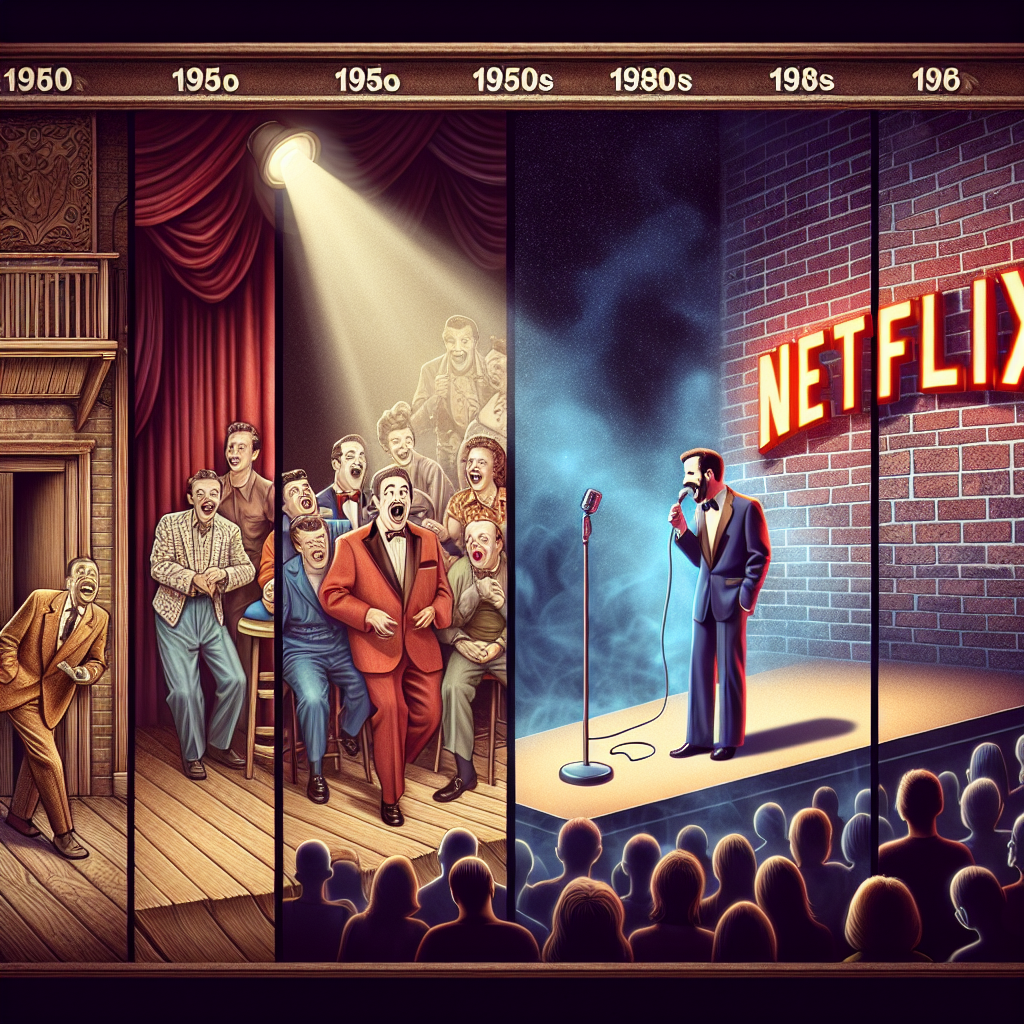
Table of Contents
- H2: The Birth of Stand-Up Comedy
- H3: Vaudeville Origins
- H3: The Rise of Stand-Up Clubs
- H3: The Influence of Television
- H2: The Comedy Boom of the 1980s
- H3: Comedy Clubs Flourish
- H3: Cable Television and Specials
- H2: The Impact of the Internet
- H3: The Digital Age of Stand-Up
- H3: The Rise of Streaming Services
- H2: The Current State of Stand-Up
- H3: Diverse Voices and Representation
- H3: The Future of Comedy
- H2: Conclusion
- Internal Links
- External References
Stand-up comedy has undergone a significant transformation since its inception, evolving from the theatrical performances of vaudeville to the diverse array of Netflix specials we see today. This journey reflects not only changes in comedic style and content, but also shifts in cultural attitudes, technology, and audience expectations.
H2: The Birth of Stand-Up Comedy
H3: Vaudeville Origins
The roots of stand-up comedy can be traced back to the vaudeville era of the late 19th and early 20th centuries. Vaudeville was a theatrical variety show that featured multiple acts, including comedians, musicians, dancers, and other performers. This format allowed comedians to hone their skills in front of live audiences, gaining immediate feedback and building a repertoire of jokes.
Comedians like Will Rogers and Charlie Chaplin emerged during this period, using observational humor and slapstick to entertain diverse audiences. The accessibility of vaudeville helped democratize comedy, enabling performers from various backgrounds to reach larger audiences.
H3: The Rise of Stand-Up Clubs
With the decline of vaudeville in the 1930s, comedy began to migrate to dedicated venues, leading to the establishment of stand-up clubs. These establishments created an environment where comedians could perform solo sets, refining their craft. Notable figures like Lenny Bruce and George Carlin pushed the boundaries of what could be said in comedy, addressing social issues and controversial topics that were previously deemed taboo.
H3: The Influence of Television
The 1950s and 60s marked another turning point for stand-up comedy with the rise of television. Shows like "The Ed Sullivan Show" and "The Tonight Show Starring Johnny Carson" provided a platform for comedians to reach larger audiences than ever before. This exposure propelled careers and solidified the importance of television as a launching pad for comic talent.
H2: The Comedy Boom of the 1980s
H3: Comedy Clubs Flourish
The 1980s ushered in a "comedy boom" as numerous comedy clubs opened across the United States. This growth was fueled by rising interest in stand-up as an art form, leading to the emergence of numerous iconic comedians such as Ellen DeGeneres, Robin Williams, and Richard Pryor. The comedy club scene became the breeding ground for innovative styles and unique comedic voices.
H3: Cable Television and Specials
During this time, cable television became an essential platform for stand-up. Networks like HBO began airing comedy specials, allowing comedians to showcase their work to broader audiences. This format allowed for longer performances and more personal material, leading to a more intimate connection between comedians and their fans.
H2: The Impact of the Internet
H3: The Digital Age of Stand-Up
The advent of the internet in the late 20th century dramatically reshaped the landscape of stand-up comedy. Platforms like YouTube allowed comedians to share material globally, reaching audiences without the traditional gatekeeping of television networks. This accessibility democratized comedy and gave rise to a new generation of comedians who leveraged social media to build their brands.
H3: The Rise of Streaming Services
The 2010s saw the rise of streaming services like Netflix, which revolutionized the consumption of stand-up comedy. Netflix began investing heavily in original comedy specials, featuring a diverse range of comedians, from established stars to up-and-coming talent. This shift not only changed how audiences consumed comedy but also how comedians approached their craft.
H2: The Current State of Stand-Up
H3: Diverse Voices and Representation
Today, stand-up comedy is more diverse than ever, reflecting a wide array of cultural backgrounds and perspectives. Comedians like Hannah Gadsby and Kevin Hart address issues of identity, race, and mental health, challenging traditional notions of comedy. This evolution showcases a more nuanced understanding of audience expectations and the power of humor in addressing serious topics.
H3: The Future of Comedy
As technology continues to evolve, the future of stand-up comedy remains uncertain yet exciting. Virtual reality and augmented reality are beginning to take root in the entertainment industry, potentially offering new avenues for comedians to connect with audiences. Additionally, the increased acceptability of self-produced content allows comedians to maintain creative control and reach niche markets.
H2: Conclusion
The evolution of stand-up comedy from vaudeville to Netflix specials illustrates the dynamic nature of humor and entertainment. As societal norms shift, so too does the content and style of comedy, reflecting the voices of varied communities. The future of stand-up promises further innovation and diversification, ensuring that this art form continues to resonate with audiences worldwide.
Internal Links
For more insights on the impact of platforms like Netflix on creative industries, visit our article on The Streaming Revolution: How Video is Changing Marketing, and learn about the importance of storytelling in all forms of media.
External References
-
History of Vaudeville – An in-depth look at the origins and significance of vaudeville in entertainment history.
- The Rise of Comedy Specials – An analysis of how Netflix has redefined stand-up comedy with streaming services.
This article provides a comprehensive overview of the evolution of stand-up comedy, appealing to readers interested in the art form and its cultural significance. It is structured for readability and SEO, incorporating relevant keywords while providing high-quality content.
Latest Posts
You Might Also Like

Lorem ipsum dolor sit amet, consectetur adipiscing elit. Ut elit tellus, luctus nec ullamcorper mattis, pulvinar dapibus leo.
TOP NEWS
Copyright © 2025 FunnyShowStreaming.site | All rights reserved.
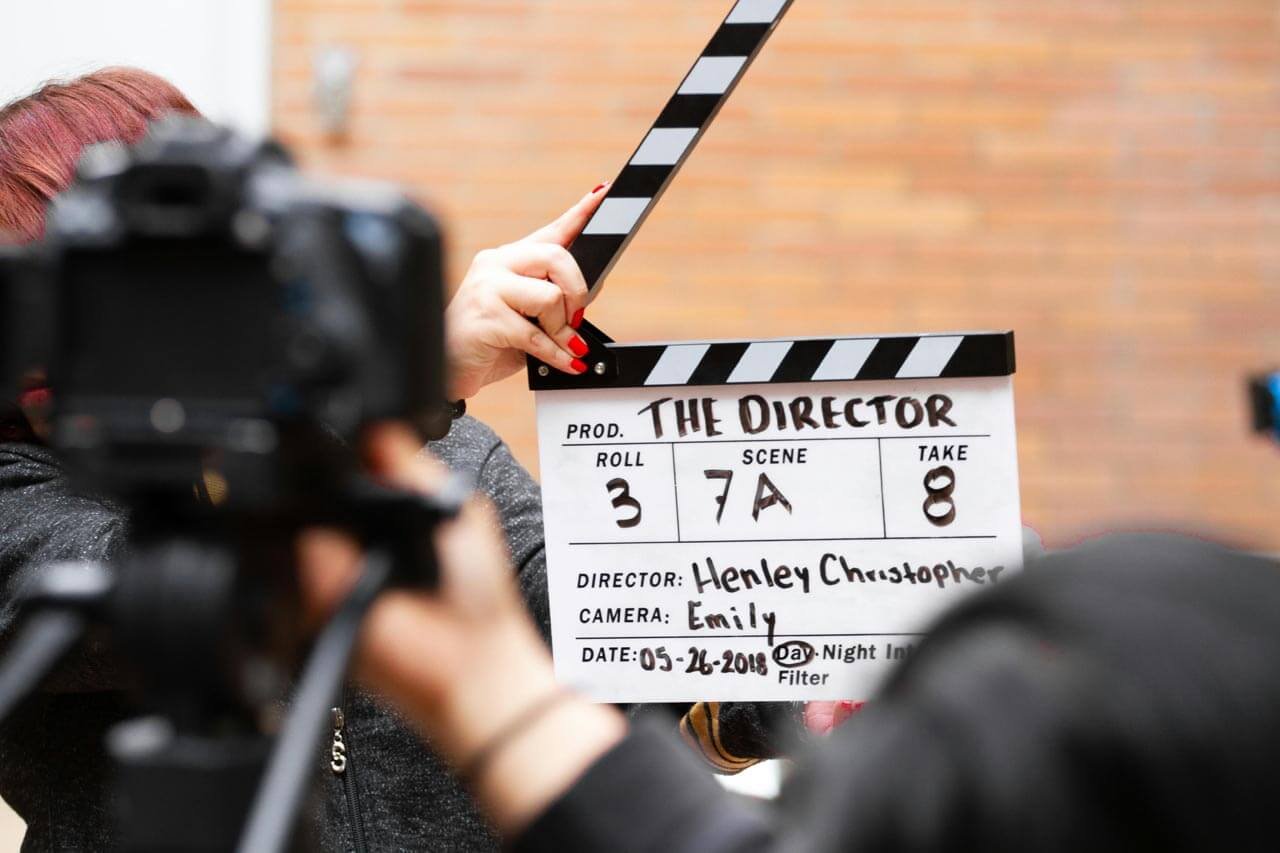




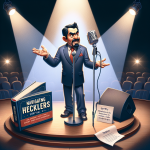






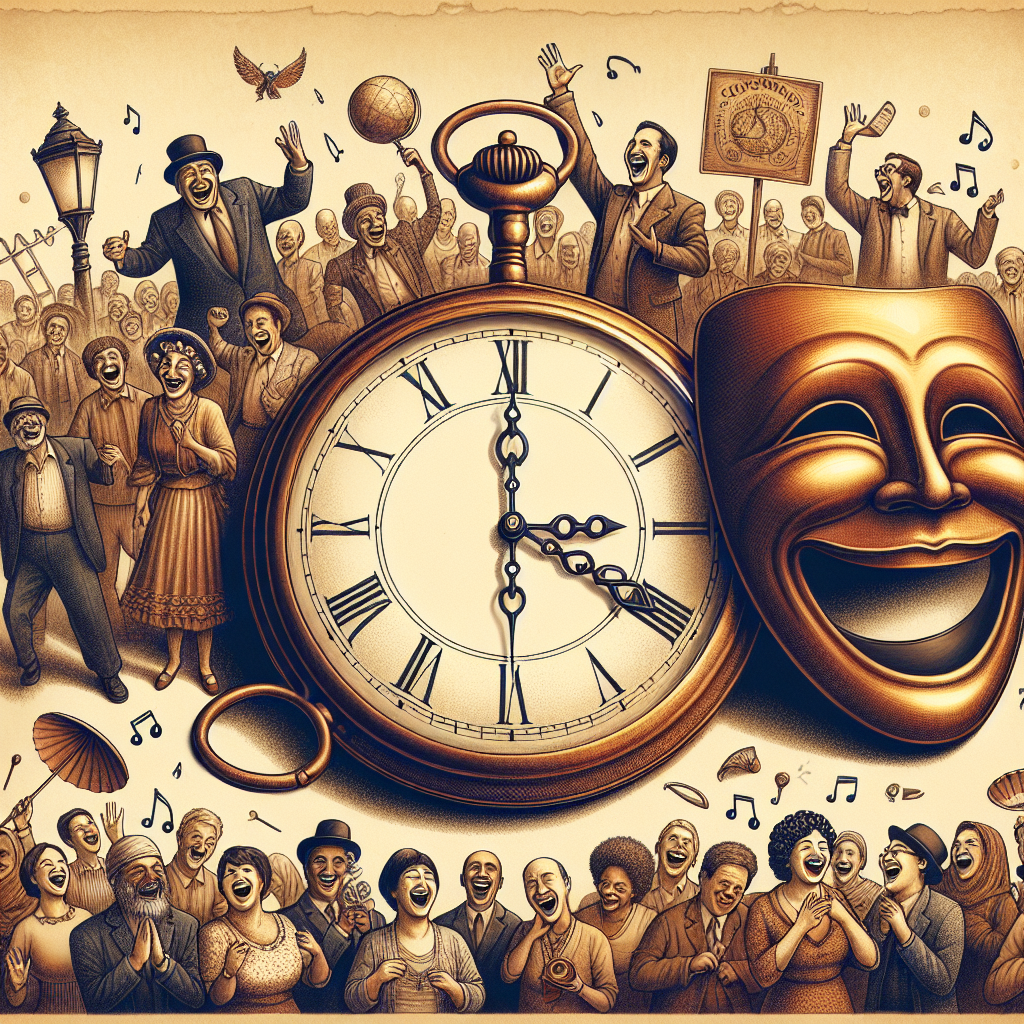
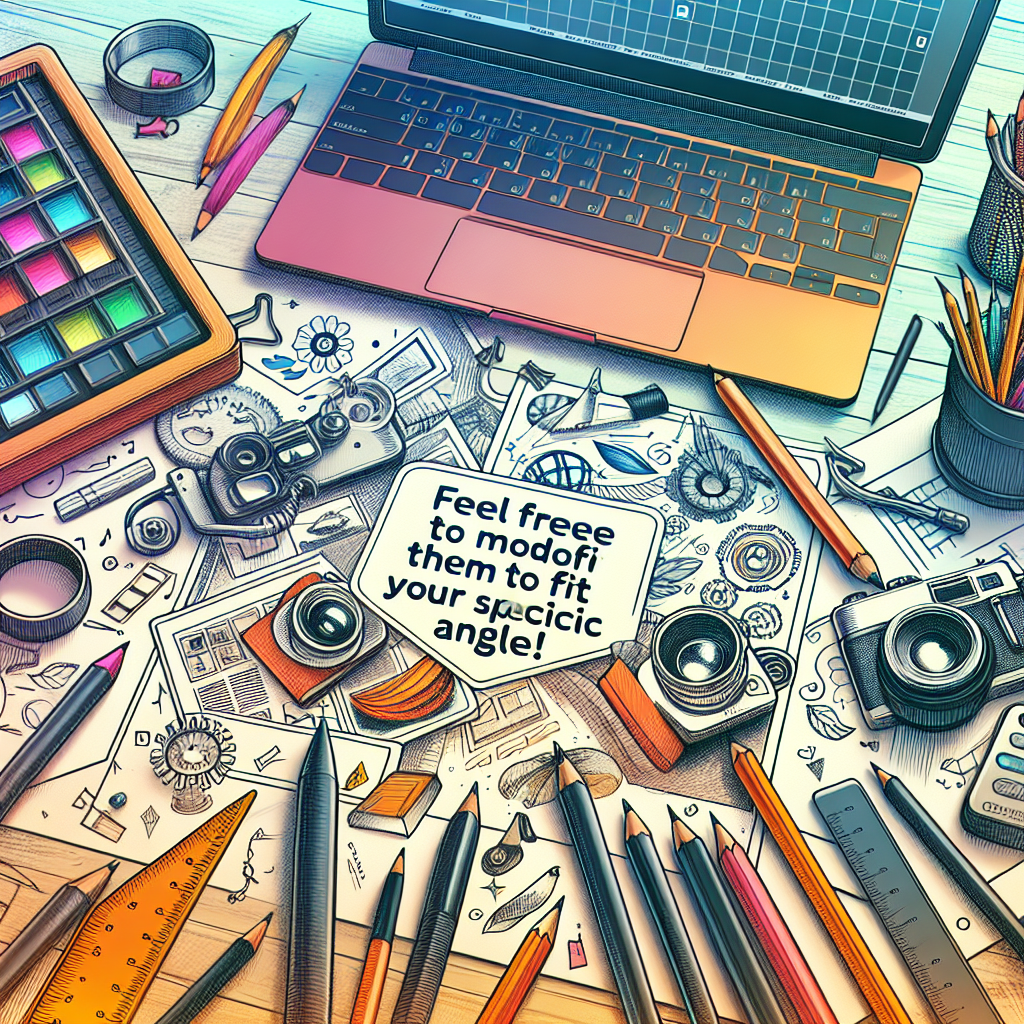
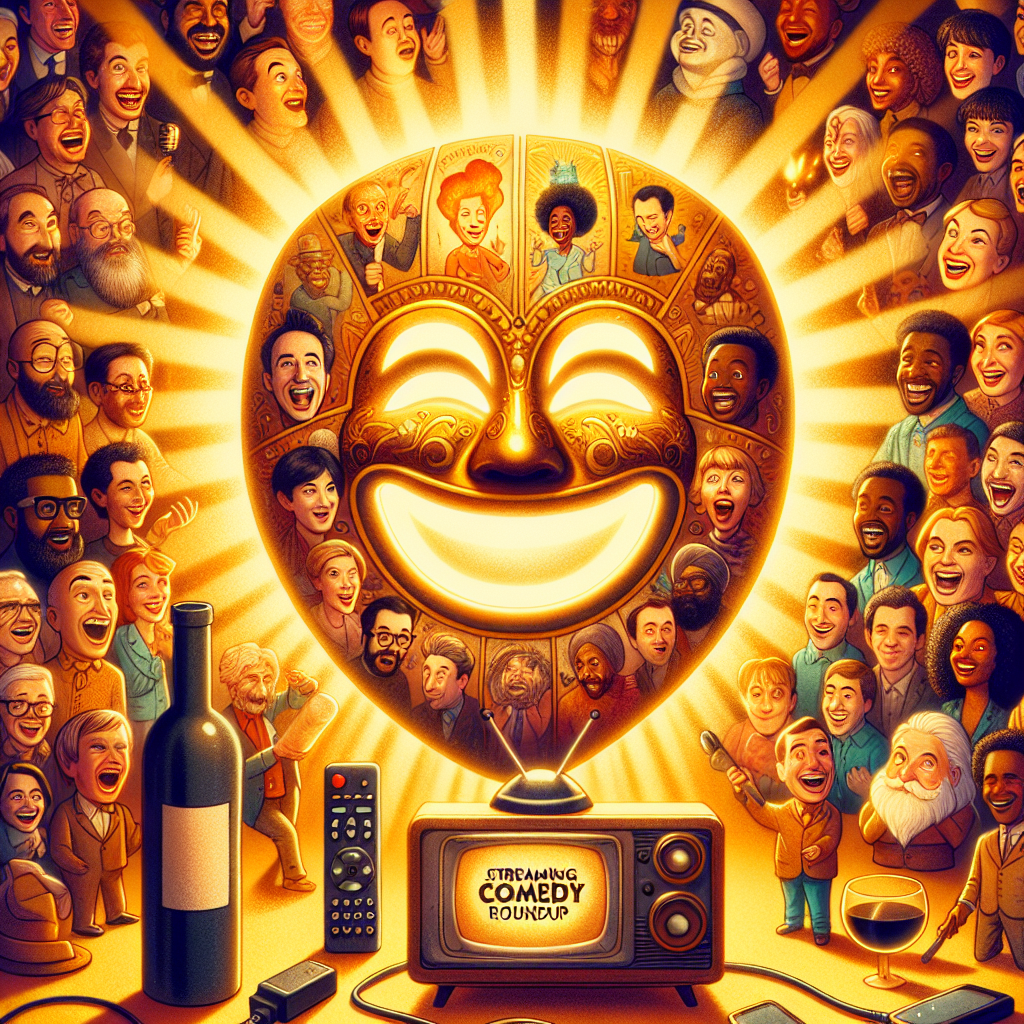




Comments are off for this post.